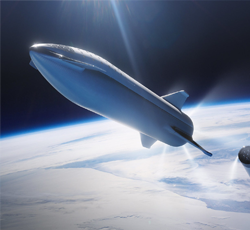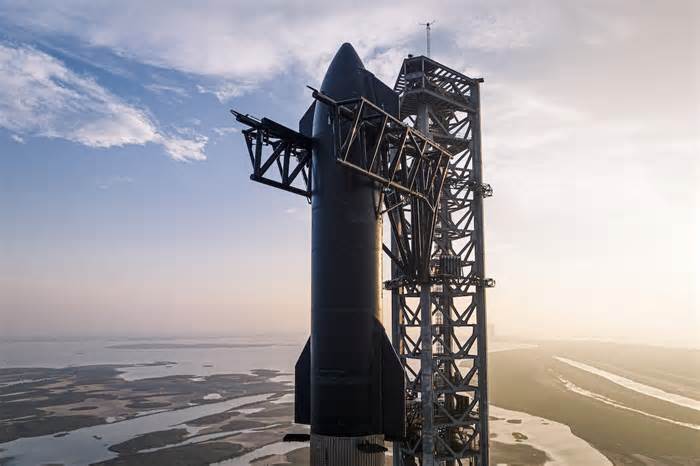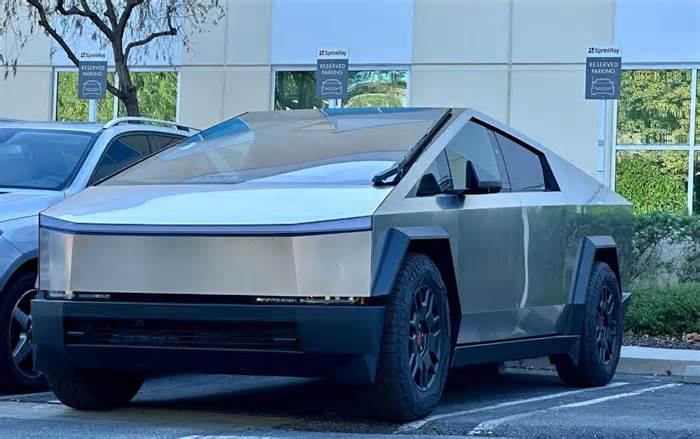
'SPHEREx' space observatory delivered for February launch
- by Optics
- Jan 21, 2025
- 0 Comments
- 0 Likes Flag 0 Of 5

NASA's 'SPHEREx' space observatory
BAE Systems says it has successfully delivered the âSPHERExâ space observatory to Vandenberg Space Force Base in California, ahead of a planned launch in late February.
Short for âSpectro-Photometer for the History of the Universe, Epoch of Reionization and Ices Explorerâ, the NASA mission is expected to create three-dimensional, colored maps of more than 450Â million galaxies, plus millions of Milky Way stars, over the course of a two-year-plus survey.
The defense contractor highlights the use of an advanced near-infrared imager developed by NASA's Jet Propulsion Laboratory (JPL) and the California Institute of Technology (Caltech) for the SPHEREx mission that will enable it to survey the entire sky at more than 100Â wavelengths.
âThis data will provide the scientific community with novel insights on the formation of the universe in the moments after the Big Bang, help determine how galaxies evolve over time, and seek out water and other life-sustaining molecules in areas where planets are forming,â announced the firm.
All-color sky maps
Initially signed with Ball Aerospace, which has since been acquired by BAE Systems, the SPHEREx mission will be used to identify targets of interest for follow-up studies in greater detail by other observatories, including the James Webb Space Telescope.
The Ball-BAE team built both the spacecraft bus and telescope for the observatory, in addition to leading spacecraft integration and environmental testing for the mission. The company will also support launch operations and post-launch spacecraft commissioning.
Said to be approximately the size of a sub-compact car, SPHEREx is due to enter a polar orbit around Earth and create a map of the entire sky in 3D, by capturing images in every direction.
It is scheduled to produce four complete all-sky maps over the course of the mission, each of which will contain hundreds of millions of stars and galaxies, and capture detail at an unprecedented 102Â different wavelengths.
Those SPHEREx maps should enable scientists to study the rapid expansion of the universe that is thought to have taken place just a fraction of a second after the Big Bang.
âThe observatory also will measure the collective glow from galaxies near and far, including light from hidden galaxies that individually havenât been observed, and look for reservoirs of water, carbon dioxide, and other key ingredients for life in our home galaxy,â says NASA.
Dichroic beam-splitter
The observatory is based around a triple-mirror telescope with an effective diameter of 20 cm, and a 11°x3.5° field of view. According to Caltech the focal plane is split with a special optical component into three short-wavelength, and three long-wavelength detector arrays.
Using the dichroic beam-splitter means that two focal plane assemblies (FPAs) can simultaneously image the sky. Each FPA contains three 2000 x 2000 pixel mercury-cadmium-telluride arrays placed behind a set of filters, providing a narrow-band response with a band center that varies along one axis of the array.
SPHEREx then obtains spectra through multiple exposures, placing a given source at multiple positions in the field of view, where it is measured at multiple wavelengths by repointing the spacecraft.
Caltech's Dr. Jamie Bock, the mission's principal investigator, said: âThe development of SPHEREx represents a remarkable collaborative effort between BAE Systems, JPL, Caltech, and numerous other institutions that helped to make this groundbreaking mission a reality."
Brian Pramann, the SPHEREx program manager at BAE Systemsâ Space & Mission Systems division, added: âAfter years of complex design, manufacturing, integration and testing efforts, our team can't wait to see SPHEREx launch.â
⢠Accompanying SPHEREx in the launch payload on board a reusable Falcon 9 rocket from SpaceX will be NASAâs âPUNCHâ mission.
Short for âPolarimeter to Unify the Corona and Heliosphereâ, PUNCH comprises four small satellites that are designed to take global, three-dimensional observations of the Sun's corona, to better understand how the mass and energy there turns into solar wind.
Please first to comment
Related Post
Stay Connected
Tweets by elonmuskTo get the latest tweets please make sure you are logged in on X on this browser.
Sponsored
Popular Post
tesla Model 3 Owner Nearly Stung With $1,700 Bill For Windshield Crack After Delivery
33 ViewsDec 28 ,2024
Middle-Aged Dentist Bought a Tesla Cybertruck, Now He Gets All the Attention He Wanted
32 ViewsNov 23 ,2024






 Energy
Energy



















